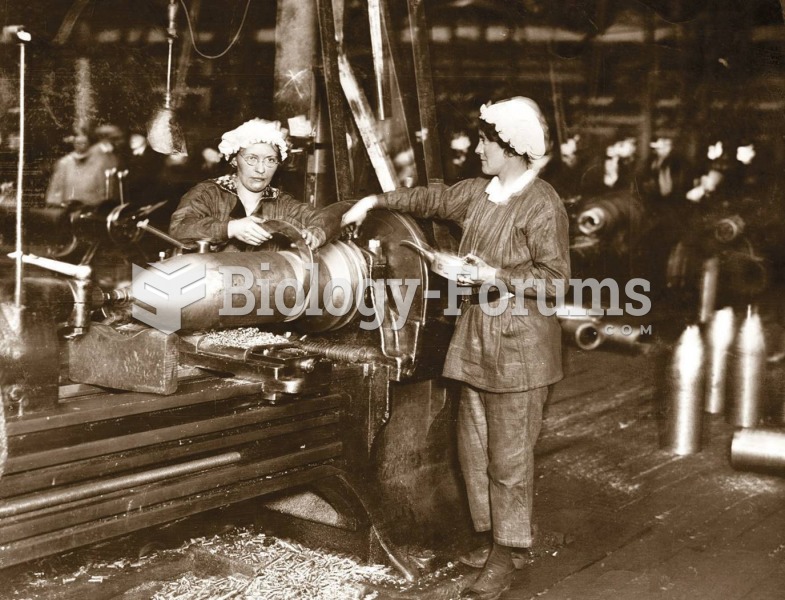|
|
|
Did you know?
The familiar sounds of your heart are made by the heart's valves as they open and close.
Did you know?
There are 20 feet of blood vessels in each square inch of human skin.
Did you know?
The human body produces and destroys 15 million blood cells every second.
Did you know?
Approximately 25% of all reported medication errors result from some kind of name confusion.
Did you know?
Opium has influenced much of the world's most popular literature. The following authors were all opium users, of varying degrees: Lewis Carroll, Charles, Dickens, Arthur Conan Doyle, and Oscar Wilde.







